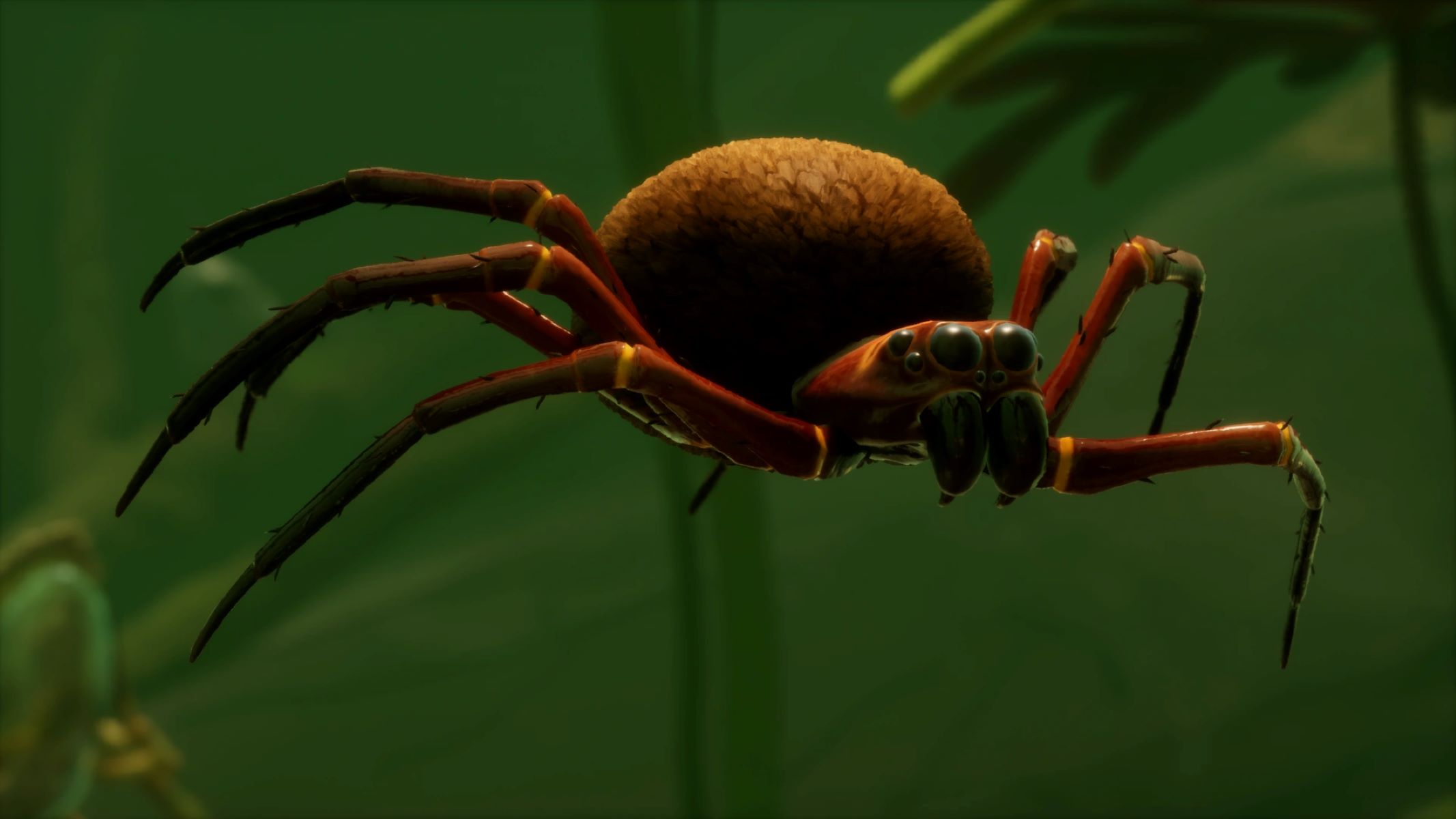
The diving bell spider, also known as the water spider or the diving spider, is an incredible creature that has evolved unique adaptations to survive in its watery habitat. Found in various parts of the world, these spiders have captured the fascination of both scientists and nature enthusiasts alike. What sets them apart from other species is their ability to live and hunt underwater, unlike most spiders that prefer dry land. In this article, we will delve into the captivating world of diving bell spiders and explore thirteen intriguing facts about them. From their amazing ability to create underwater air pockets to their impressive hunting techniques, get ready to be amazed by these extraordinary eight-legged creatures.
Key Takeaways:
- The Diving Bell Spider is a fascinating creature that can live underwater its entire life, thanks to its unique adaptation of building an air-filled bell to breathe and hunt for prey.
- Found mainly in Europe, the Diving Bell Spider faces threats from predators and habitat destruction, making conservation efforts crucial to protect its fragile ecosystem.
Diving Bell Spider’s Unique Adaptation
The Diving Bell Spider, scientifically known as Argyroneta aquatica, possesses a fascinating adaptation that allows it to live in an aquatic environment. Unlike other spiders, this incredible creature spends its entire life underwater.
Construction of an Air-Filled Bell
One of the most extraordinary traits of the Diving Bell Spider is its ability to construct a bell-shaped web filled with air. Using silk strands, the spider creates an air pocket that allows it to breathe while submerged.
Efficient Oxygen Storage
The Diving Bell Spider has developed a remarkable mechanism to store oxygen. It captures air bubbles from the surface and holds them within its diving bell, creating a reserve of oxygen for extended periods of time.
Aquatic Hunting Techniques
Unlike its land-dwelling relatives, the Diving Bell Spider uses a unique hunting strategy. It captures small aquatic creatures, such as insects and small fish, by ambushing them in its underwater web.
Skilled Swimmer
The Diving Bell Spider is an adept swimmer, using its legs and silk webbing to navigate through the water. It can even dive beneath the surface and propel itself forward by expelling air from its diving bell.
Exceptional Eyesight
This fascinating spider possesses exceptional eyesight both above and below the water. Its large, forward-facing eyes gather light and allow it to accurately detect movement, making it a skilled predator.
Female Diving Bell Spider’s Unique Behavior
Female Diving Bell Spiders exhibit an interesting behavior of temporarily taking their egg sacs into their diving bell. This protects the eggs from predators and ensures their survival until they hatch.
Prolonged Underwater Stays
The Diving Bell Spider can remain submerged without having to surface for air for an extended period of time. Some studies have shown that these spiders can stay underwater for up to 24-48 hours.
Vulnerable to Predators
Although the Diving Bell Spider is well-adapted to its underwater habitat, it still faces threats from predators such as fish, dragonfly larvae, and water beetles. It relies on its ability to hide within its diving bell to avoid being consumed.
Sensitivity to Water Vibrations
The Diving Bell Spider has a remarkable ability to detect vibrations in the surrounding water. This helps it quickly respond to potential threats or prey and enhances its survival in its unique ecosystem.
Limited Distribution
The Diving Bell Spider is predominantly found in Europe, particularly in countries such as Germany, Austria, and the United Kingdom. It prefers still or slow-moving freshwater habitats such as ponds, lakes, and marshes.
Population Decline
Due to habitat destruction and pollution, the population of Diving Bell Spiders has been declining in recent years. Conservation efforts are underway to protect and preserve their fragile ecosystems.
Unparalleled Adaptation
The Diving Bell Spider’s ability to live and thrive underwater is a testament to its unparalleled adaptation. It serves as a reminder of the incredible diversity and resilience of the animal kingdom.
Conclusion
In conclusion, the diving bell spider is truly a fascinating creature. From its unique ability to breathe underwater to its incredible hunting techniques, there is no doubt that this spider is well-adapted to its aquatic environment. Its use of a diving bell as a home and a hunting ground is a marvel of nature.Despite its fearsome appearance, the diving bell spider is generally harmless to humans. It plays an important role in maintaining the balance of the ecosystem by controlling the population of insects and small aquatic creatures.Next time you come across a body of water, take a moment to appreciate the hidden world of the diving bell spider. Its remarkable adaptations and behavior make it an intriguing subject for scientific study and a testament to the incredible diversity of life on our planet.
FAQs
1. How long can a diving bell spider stay underwater?
Typically, a diving bell spider can stay underwater for around 20 to 30 minutes before it needs to resurface to replenish its air supply.
2. Are diving bell spiders venomous?
Yes, diving bell spiders are venomous, but their venom is not considered harmful to humans. Their bite may cause some mild redness and swelling, similar to a bee sting.
3. How do diving bell spiders build their diving bell?
Diving bell spiders build their diving bells by trapping air bubbles in silk strands. They carry these captured air bubbles to the bottom of a body of water and create a bell-shaped structure to serve as their underwater home and hunting ground.
4. What do diving bell spiders eat?
Diving bell spiders feed on small aquatic insects, tadpoles, and even small fish. They use their powerful front legs to capture and immobilize their prey before consuming it.
5. Where are diving bell spiders found?
Diving bell spiders are primarily found in freshwater bodies such as ponds, lakes, and slow-moving streams. They are most commonly found in Europe and North America.
The diving bell spider's incredible adaptations allow it to thrive underwater, but this arachnid isn't alone in its aquatic prowess. From the mesmerizing swimming techniques of the water spider to the intricate web-building skills of the fishing spider, many spiders have evolved unique ways to navigate and hunt in watery environments. Explore the captivating world of these semi-aquatic spiders and uncover the fascinating strategies they employ to survive and flourish in their distinctive habitats.
Was this page helpful?
Our commitment to delivering trustworthy and engaging content is at the heart of what we do. Each fact on our site is contributed by real users like you, bringing a wealth of diverse insights and information. To ensure the highest standards of accuracy and reliability, our dedicated editors meticulously review each submission. This process guarantees that the facts we share are not only fascinating but also credible. Trust in our commitment to quality and authenticity as you explore and learn with us.


